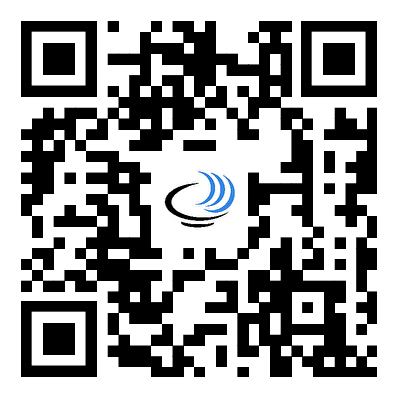What are the principle elements of knitting machine?
2023-10-17
Knitting machines are complex devices designed to create knitted fabrics efficiently and with precision. The primary elements of a knitting machine include:
1. Needles: Needles are the most critical components of a knitting machine. They hold the yarn and form loops, creating the fabric. There are various types of needles, such as latch needles, bearded needles, transfer needles, and more, depending on the machine's design and purpose.
2. Needle Bed: The needle bed is the flat surface on which the needles are arranged in a specific pattern or gauge. It holds the needles securely and allows them to move in various directions to create different stitch patterns.
3. Carriage: The carriage is a moving part that holds the yarn and moves across the needle bed. It carries the yarn over the needles, forms the stitches, and transfers stitches between needles when necessary. Carriages can be manual or motorized, depending on the type of knitting machine.
4. Yarn Feeder: Yarn feeders are mechanisms that control the tension and delivery of yarn to the needles. They ensure that the yarn is supplied evenly and at the correct tension for knitting.
5. Cam Systems: Cam systems are used to control the movement of the needles and the carriage. They determine the stitch pattern and texture by controlling how the needles are raised, lowered, or moved laterally.
6. Sinker Plates or Bars: Some knitting machines, especially those used for industrial knitting, use sinker plates or bars to hold down the fabric while knitting. This helps maintain proper stitch formation and fabric stability.
7. Tension Mechanisms: Tension mechanisms ensure that the yarn is maintained at the correct tension as it is fed into the machine. They can be mechanical or electronic and are critical for producing consistent fabric quality.
8. Stitch Control Mechanisms: These mechanisms control the size and shape of stitches and loops. They can include devices for adjusting stitch length, stitch density, and stitch size.
9. Pattern Selection Mechanisms: Pattern selection mechanisms, often found in electronic knitting machines, allow the user to choose specific stitch patterns, textures, and designs for the fabric. They can be controlled manually or through computerized programming.
10. Yarn Holders and Yarn Carriers: Yarn holders and carriers are used to hold multiple yarns simultaneously, allowing for the creation of multicolored or multi-yarn fabrics.
11. Control Panels (in Electronic Machines): Electronic knitting machines are equipped with control panels or displays that enable the user to input patterns, settings, and other parameters for the knitting process.
12. Fabric Take-Up Mechanism: This mechanism rolls up the knitted fabric onto a roller or spool as it is created, allowing for continuous knitting.
13. Waste Yarn or Scrap Yarn Mechanism: Some knitting machines use waste or scrap yarn to help with cast-on and cast-off processes or to create edges and hems.
These are the primary elements of a knitting machine. The specific design and features of these elements can vary widely depending on the type and purpose of the knitting machine, whether it's used for home knitting, industrial knitting, or specialized applications like circular knitting or flat knitting.


